In pictures: London City Airport at 30
- Published
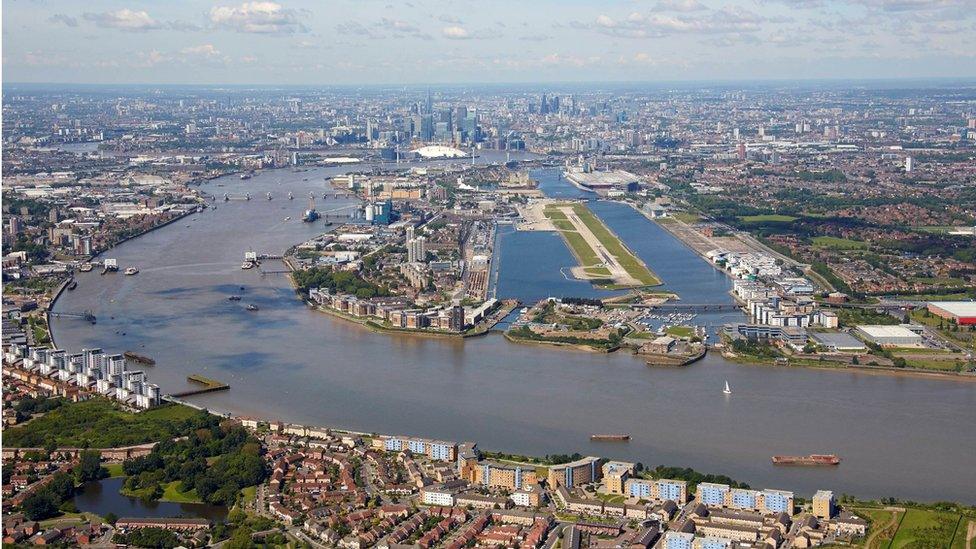
London City Airport to the east of the UK capital celebrates its 30th anniversary this year.
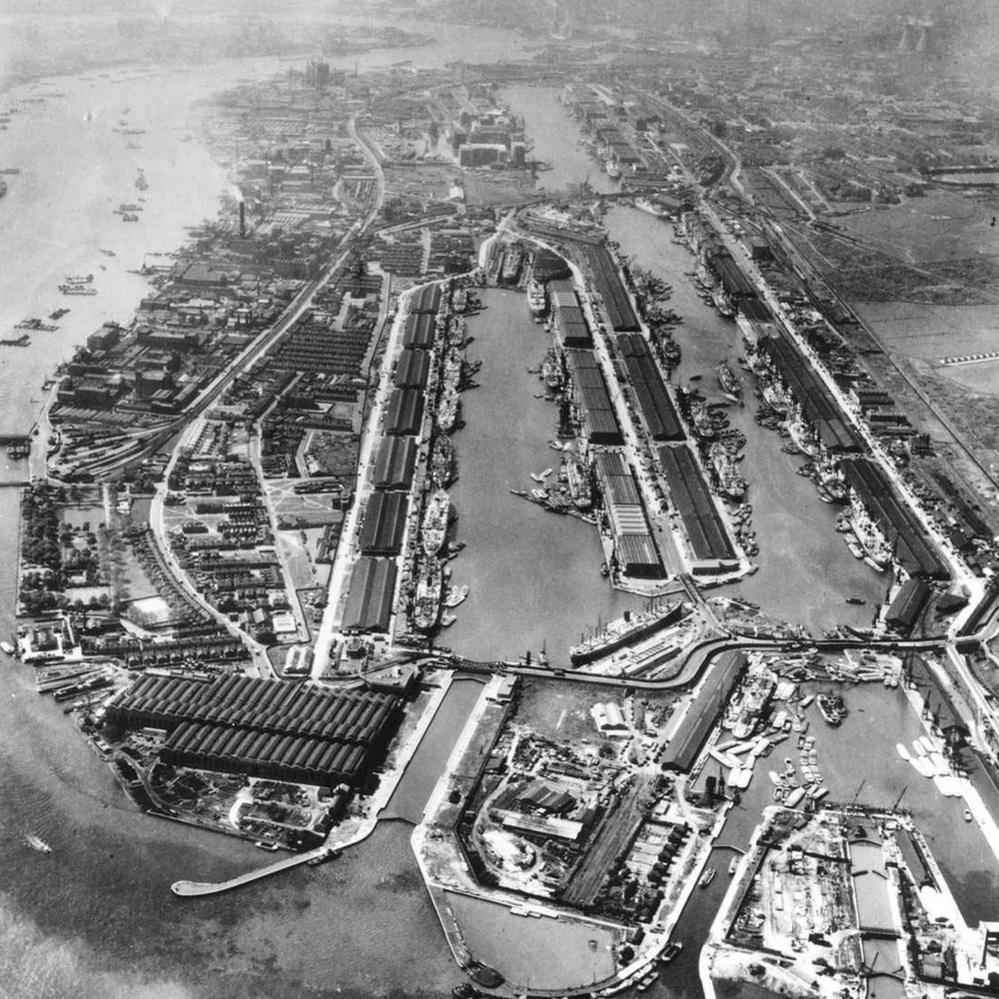
It was built on the Royal Docks, which opened in 1880 and were the largest in the world at that time, reaching peak traffic in the 1950s, and finally closing in 1981.
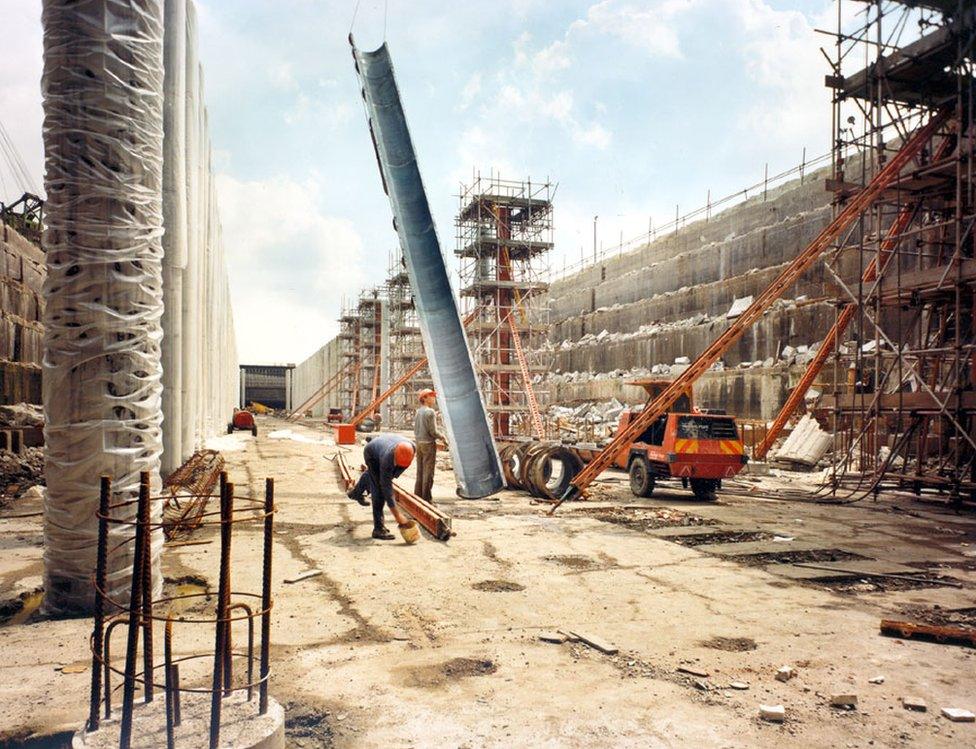
That year, the London Docklands Development Corporation was established to regenerate the region. Five years later, construction on the airport had begun. It took 18 months to complete.
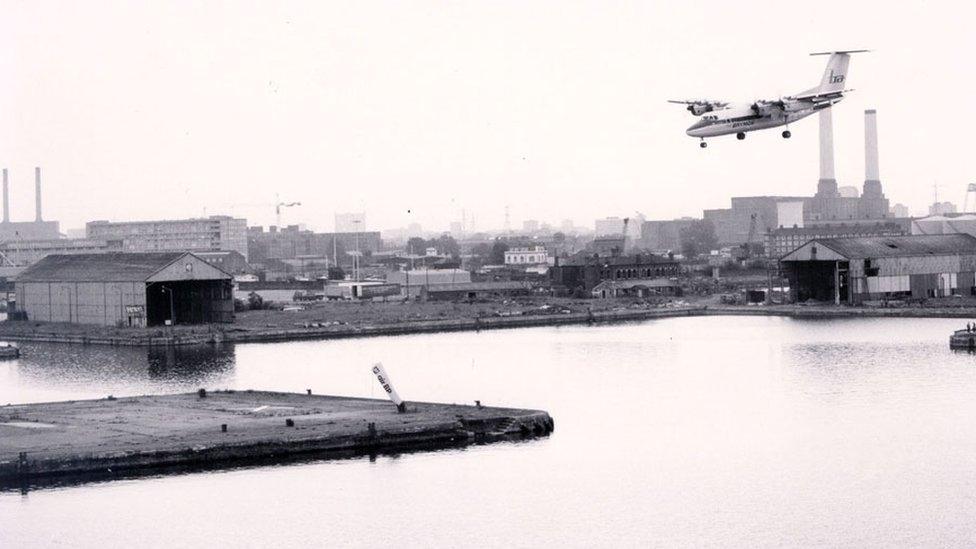
In 1982, Capt Harry Ghee landed a Dash 7 on the 1,000m (3,200ft) Heron Quays (now part of the Canary Wharf development) to prove the concept of a short take-off and landing airport in London’s Docklands.
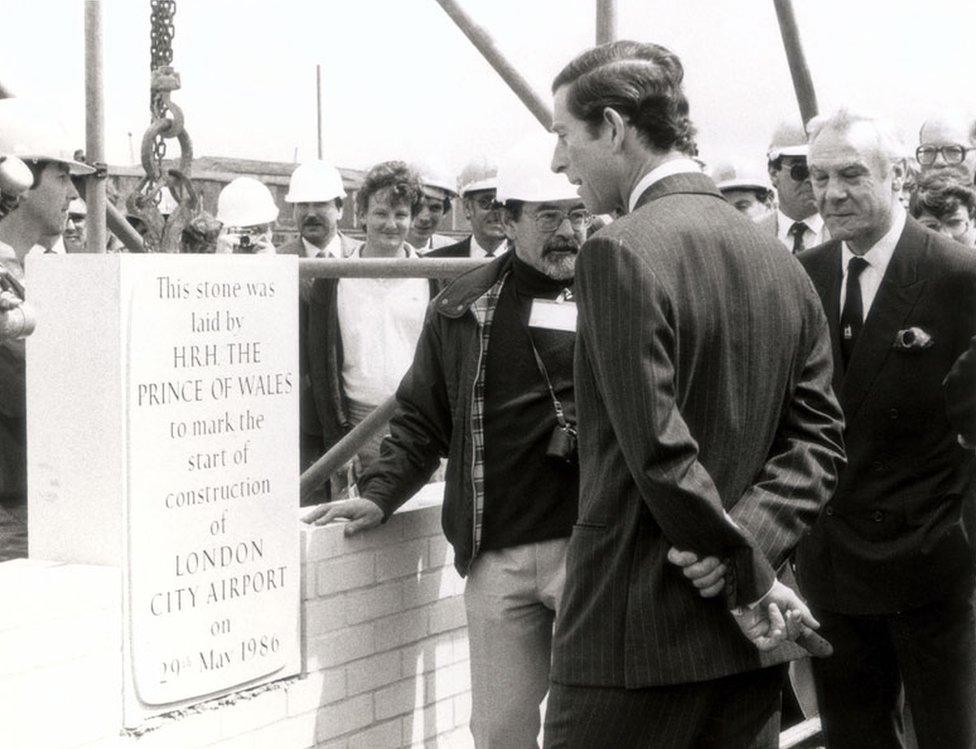
In May 1986, the Prince of Wales laid the foundation stone for the airport.

In 1987, the airport (seen here in a picture by air traffic controller Vic Abbott) was ready for its first passengers.
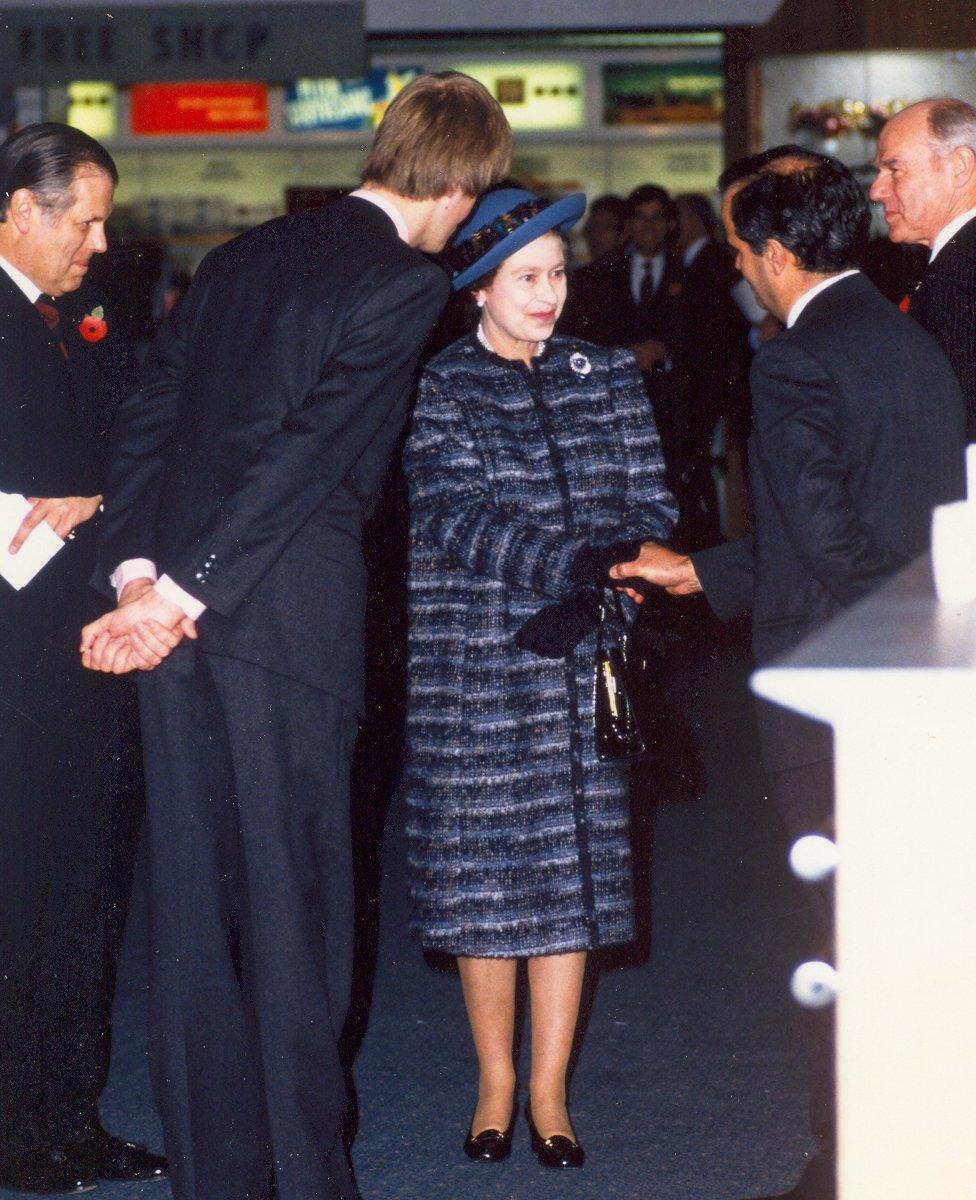
The Queen officially opened the airport on 5 November 1987.
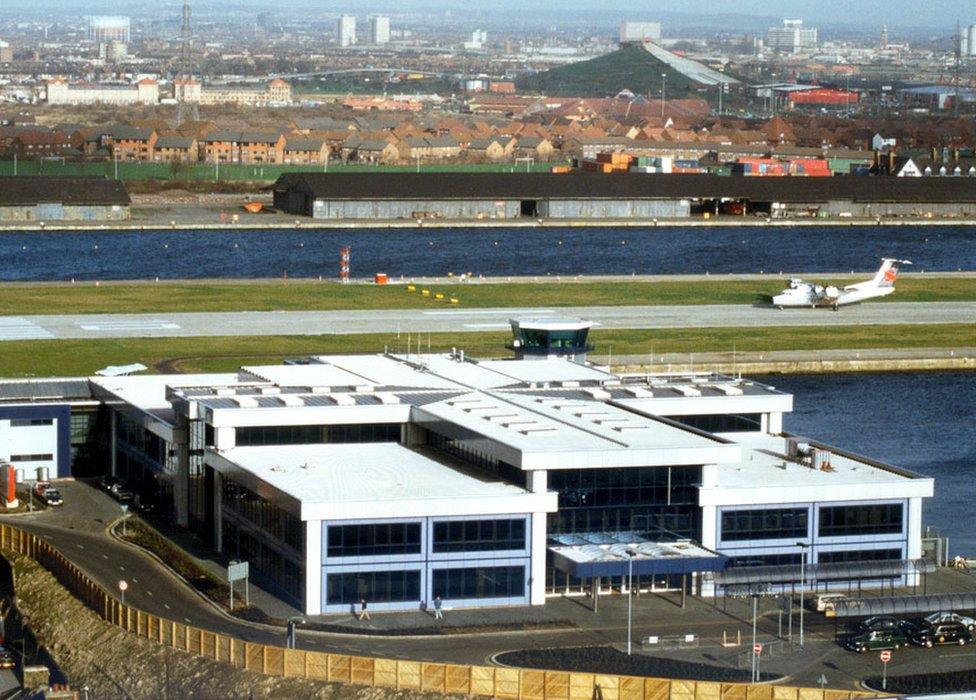
The newly completed passenger terminal saw travellers heading to Paris, Brussels and Amsterdam.

Passengers could tuck into a meal at the airport’s brasserie.
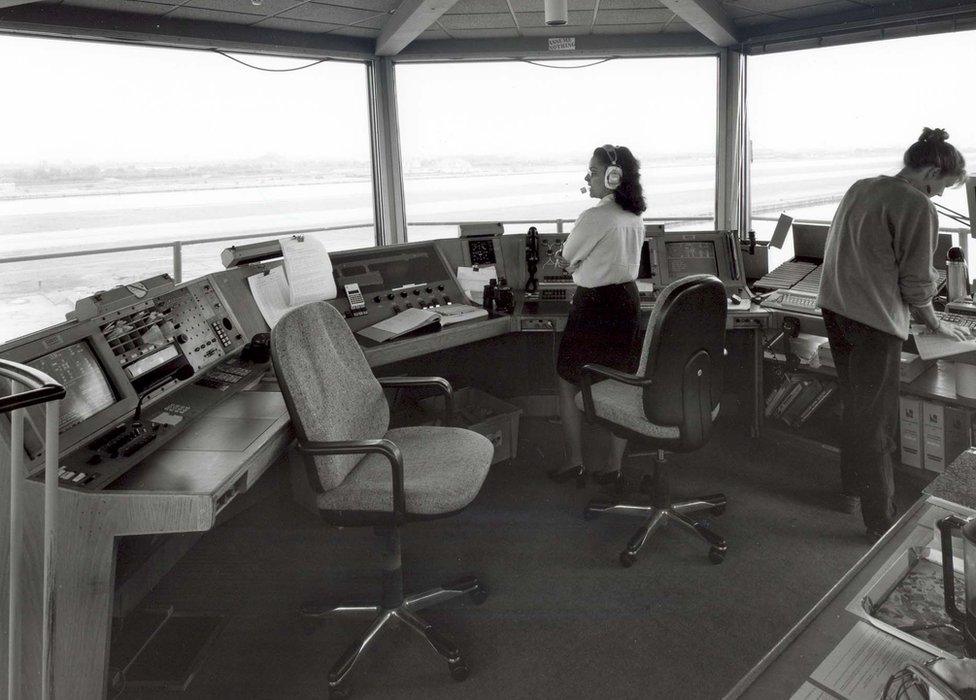
Operations were overseen from the air traffic control tower, pictured here in 1987.

In its first full year of operation, 1988, it handled 133,000 passengers.
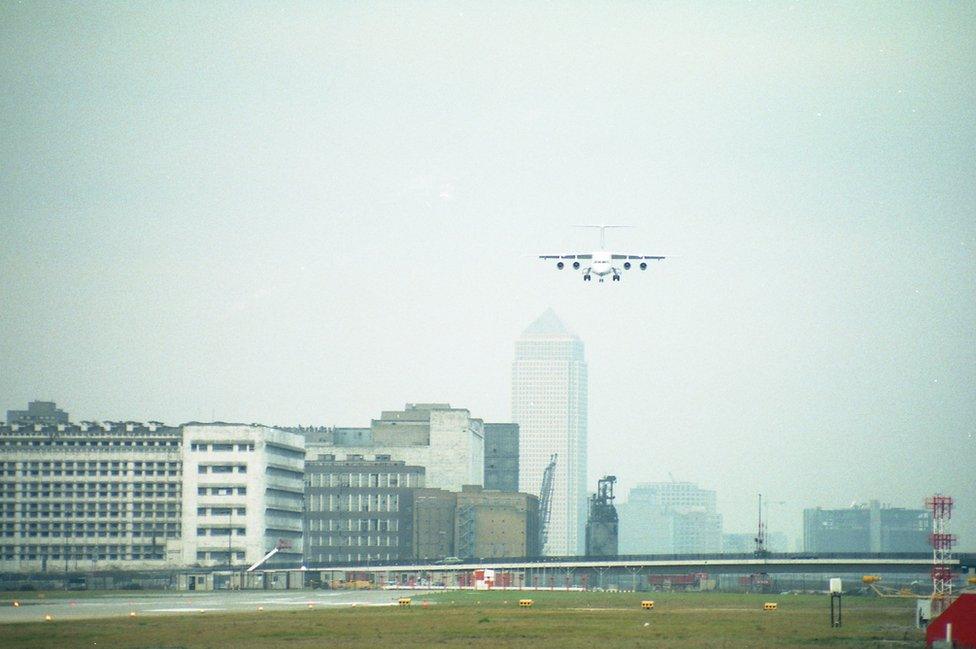
Vic Abbott continued to document life at the airport, capturing in 1992 a British Aerospace 146 aircraft with a solitary One Canada Square of the Canary Wharf development in the background.
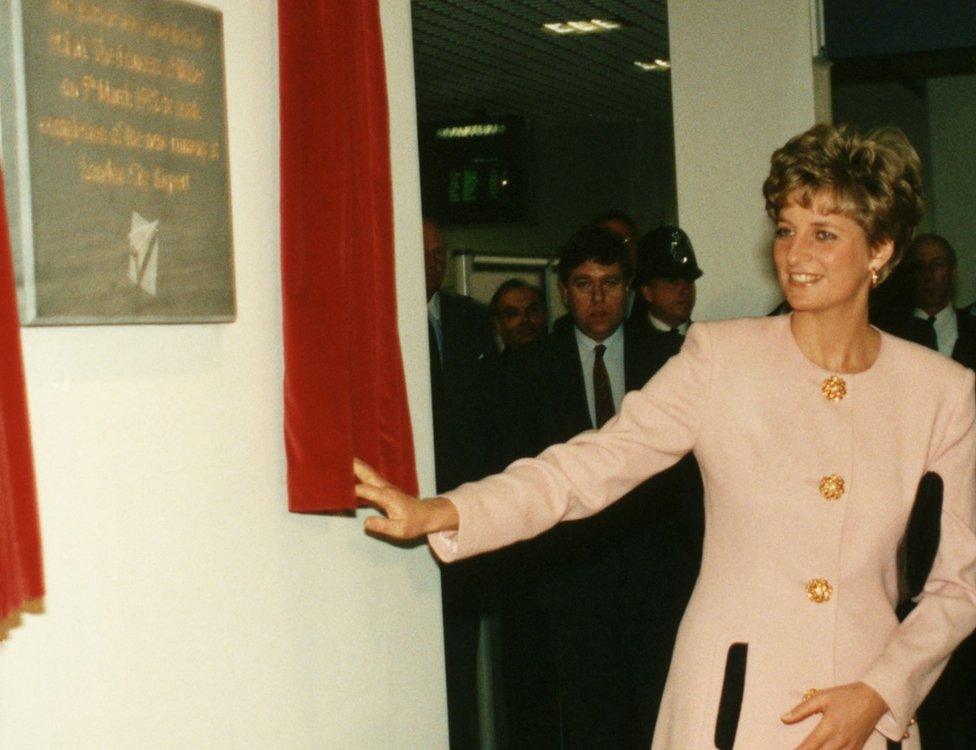
Later that year Princess Diana officially opened an extended runway.
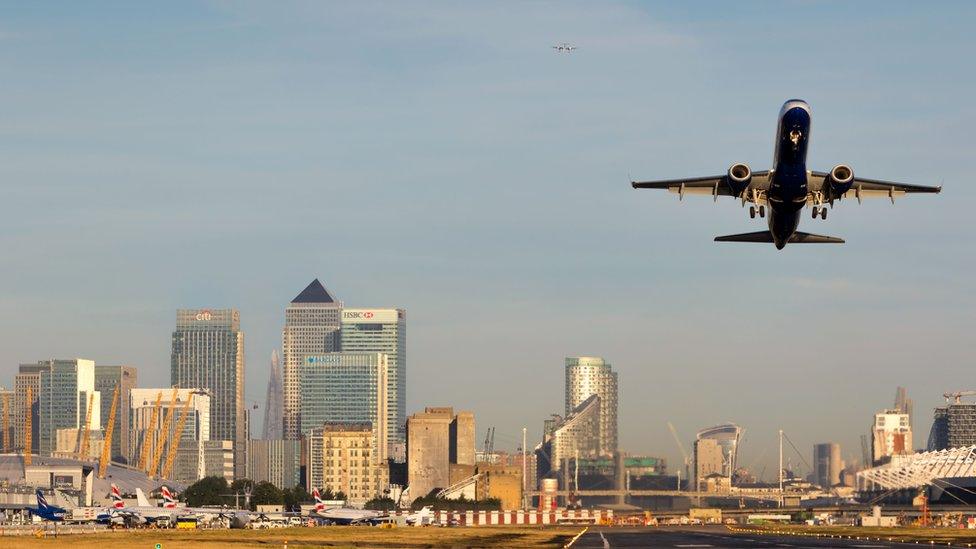
In 2016, the airport handled more than 4.5 million passengers – the largest number in its history.
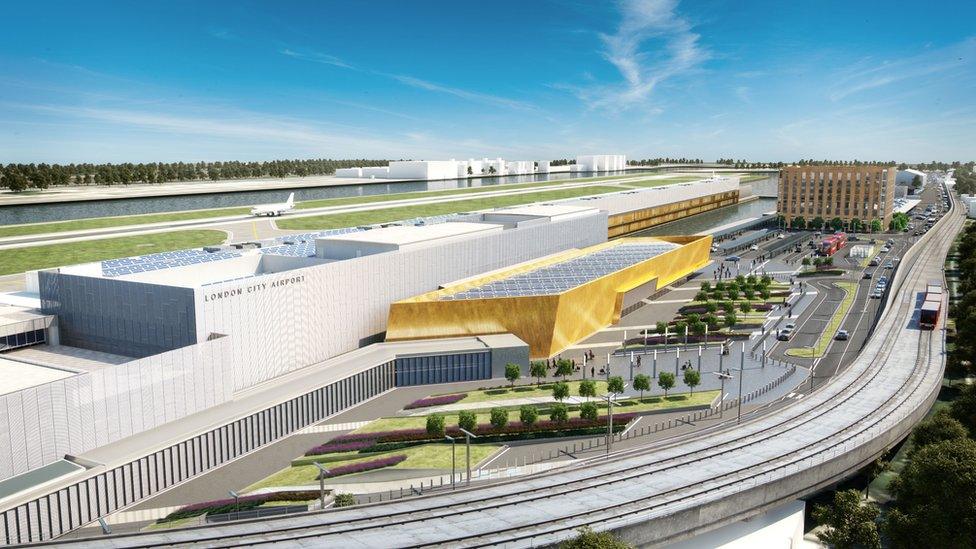
In July last year, a £344m expansion programme was given the go-ahead by ministers. This computer-generated image shows what it could look like in 2025, with an extended passenger terminal, seven new aircraft stands, and a new parallel taxiway